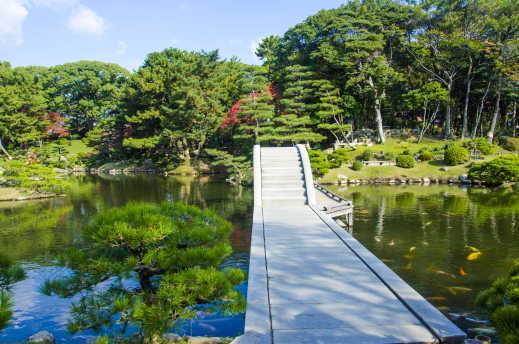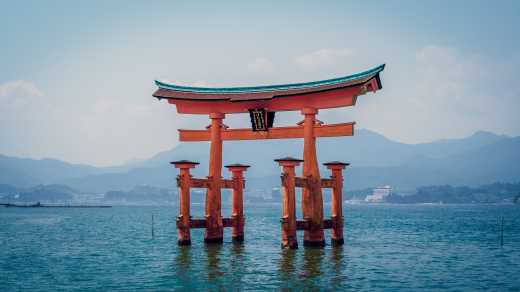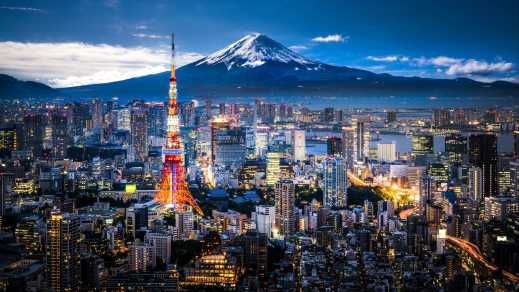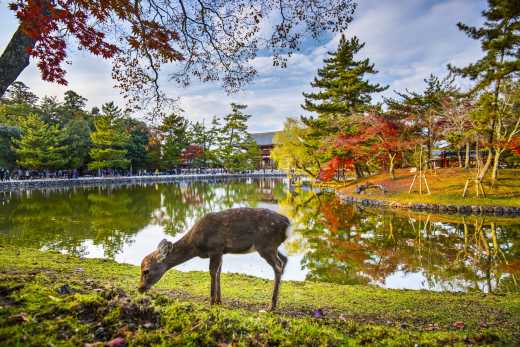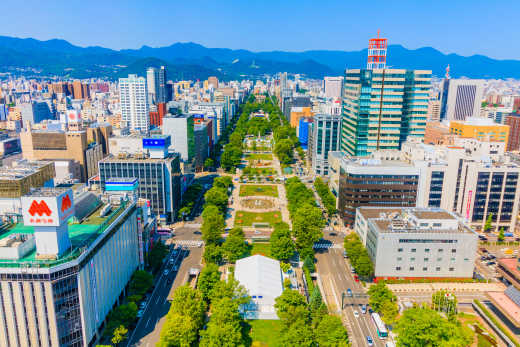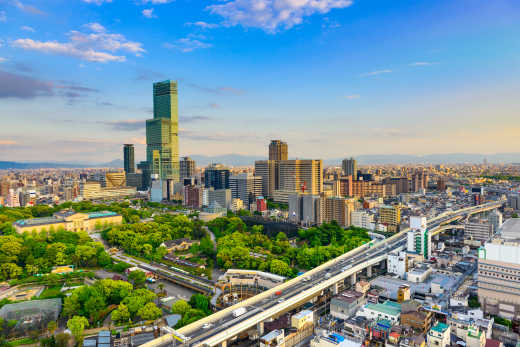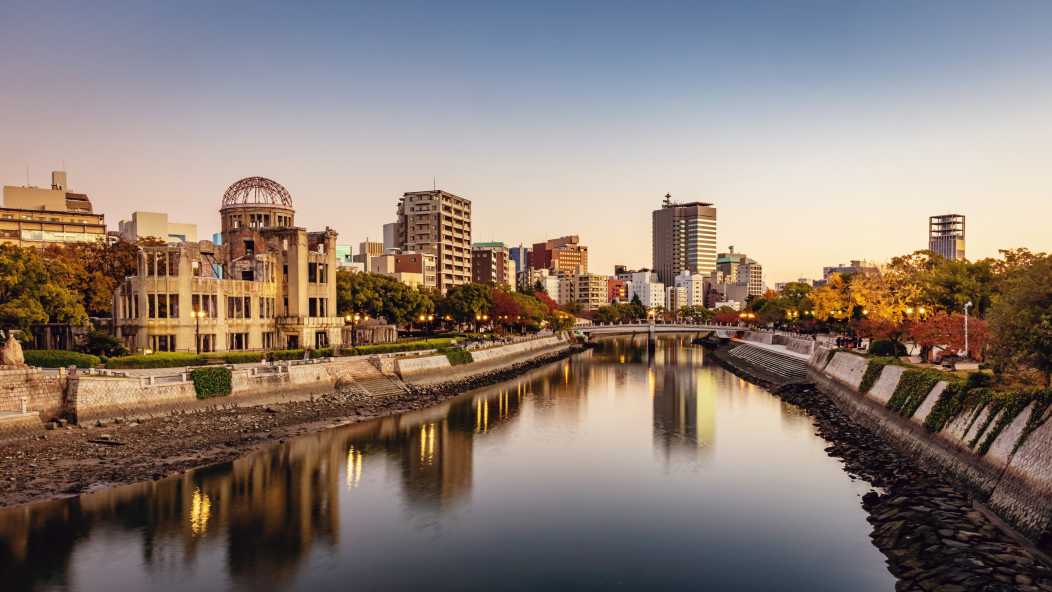
Hiroshima Tours
The top sights, highlights, tours & travel itinaries curated by our Travel Experts.
- Destinations
- Asia
- Japan
- Hiroshima
Our Expert Tips for Your Hiroshima Tour
Hiroshima is probably known to most people mainly because of the explosion of the first atomic bomb during the Second World War. Since the accident, however, the city has been rebuilt with great effort and is now a modern metropolis of millions. Wide streets, a lot of green and harmoniously coordinated buildings await you in the former imperial headquarters.
However, the desire for lasting peace is omnipresent in this future-oriented city and creates a very special atmosphere. Less
![Asia Japan Hiroshima Peace Park Hiroshima Peace Park]()
Peace Park
The important landmark of the city
![Asia Japan Hiroshima Shukkei-en Hiroshima Shukkei-en]()
Shukkei-en
A park of masterful garden art
![Asia Japan Hiroshima Itsukushima Shrine Hiroshima Itsukushima Shrine]()
Itsukushima Shrine
An impressive shrine not far from the city
What to See During Your Hiroshima Tour?
1. Peace Park
Between the two rivers Otagawa and Motyasugawa is the Peace Park, once the banking centre of Hiroshima and the place where the atomic bomb exploded in August 1945. Here the extent of the catastrophe can be guessed to some extent. The most important memorial is the cenotaph, a replicated saddle of a clay horse on which the names of all the victims are recorded. The city's landmark, the atomic bomb dome, is also located here. It is the ruin of the former Chamber of Commerce and Industry, which has also been a UNESCO World Heritage Site since 1996.
2. Peace Museum
The Peace Park is centred around the Peace Museum, not far from the Atomic Bomb Dome. It documents the time before, during and after the dropping of the atomic bomb in the Second World War. The foundation belonging to the museum not only collects memorabilia and testimonies of the victims, but is also active in the international peace movement. If you are planning a visit to Hiroshima, please bear in mind that the museum can be very emotional and disturbing. However, the exhibition also illustrates the hopes and aspirations of the Japanese for lasting peace.
3. Children's Peace Monument "The Girl Sadako"
You will also pass a monument in the peace park that shows a child with outstretched arms: the girl Sadako. She survived the bombing, but later fell ill with leukaemia and folded 1,000 origami cranes in the hope that she would recover. Since her death the following year, children all over the world have been folding paper cranes, which are then placed around the monument as a sign of hope and in honour of Sadako.
4. Shukkei-En
You can look forward to four hectares of masterful garden art: Shukkei-en, which was created around 1620 by the then lord of the castle Hiroshima. Shukkei means translated something like "compressed landscape" and really: you can discover almost all typical Japanese landscapes here. In the middle there is the pond Takuei with several small islands on which pine trees grow. West of the landscape garden is the Prefectural Art Museum, which is made entirely of glass and takes you on a journey through the art scene of Hiroshima, Japan and even all of Asia in various exhibitions.
5. Hiroshima-Jo
The Carp Castle, Hiroshima-jo, was the residence of the Asano clan for 250 years after its construction in 1589. The main tower was destroyed by the explosion of the atomic bomb, reconstructed in 1959 and now serves as a museum for the history of the city before the Second World War. Especially the Samurai culture is brought closer to you in a vivid way. In the entrance area, for example, you can try on traditional armour and helmets and take unique souvenir photos.
6. Hiroshima Museum of Art
The Hiroshima Art Museum awaits you in Chuo-koen, the city's Central Park, not far from the castle. It was inaugurated in 1978 on the occasion of the 100th anniversary of the Bank of Hiroshima, a symbol of peace. The collection includes works of art from the 19th and 20th centuries, with a focus on French masters influenced by Japanese art, and vice versa. Children will enjoy the nearby Children's Museum of Culture and Science.
7. Itsukushima Shrine
If you have some time, the Itsukushima Shrine is definitely worth a visit on your Hiroshima trip. Only about 45 minutes by train and ferry from Hiroshima is the impressive Itsukushima Shrine with its famous Torii Gate. The gate is surrounded by water at high tide and gives the impression of swimming. Now a UNESCO World Heritage Site, the shrine complex consists of various buildings connected by promenades and supported by columns over the sea. Less
Other Places to Visit During Your Tour
TourlaneCare


